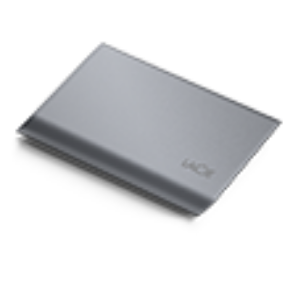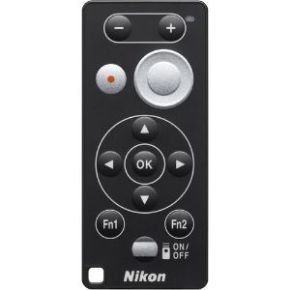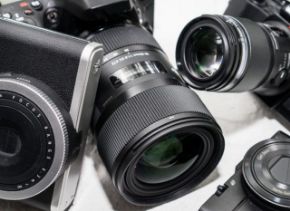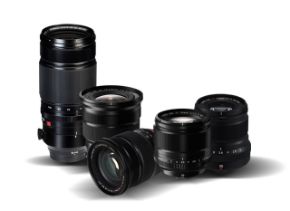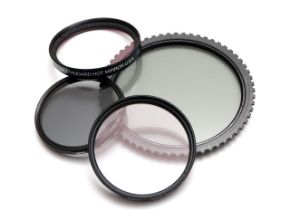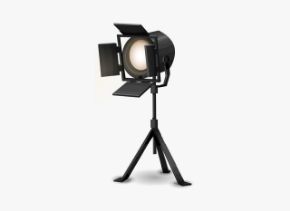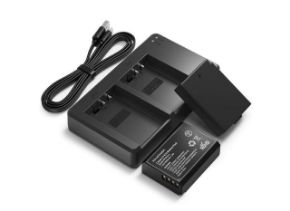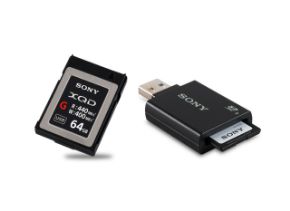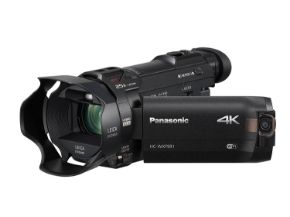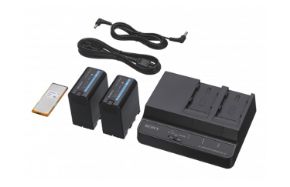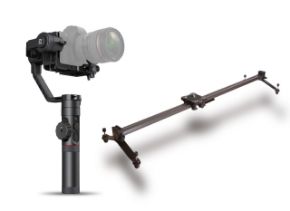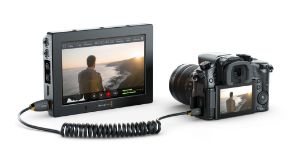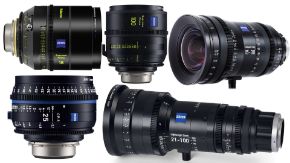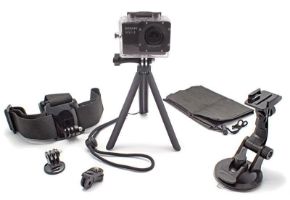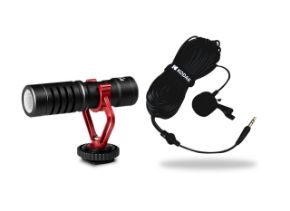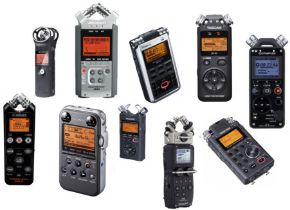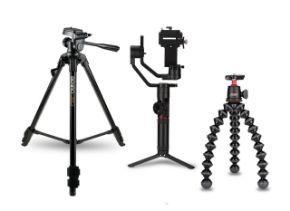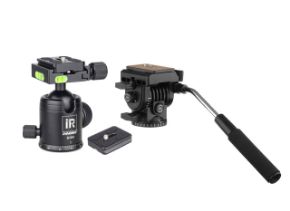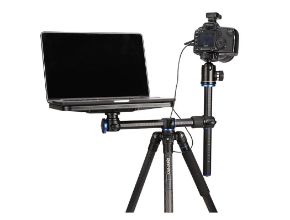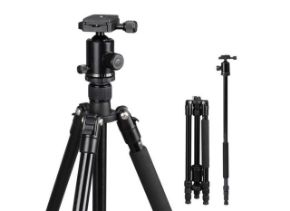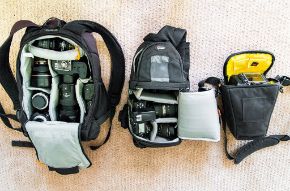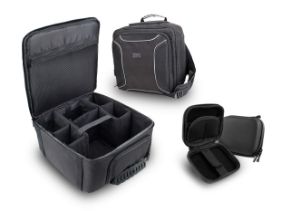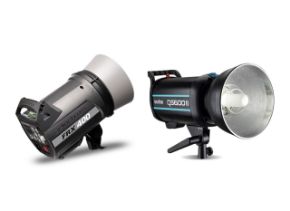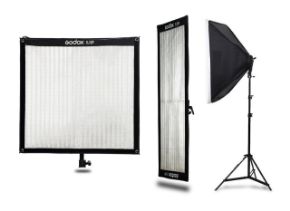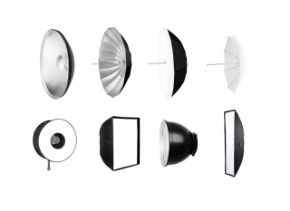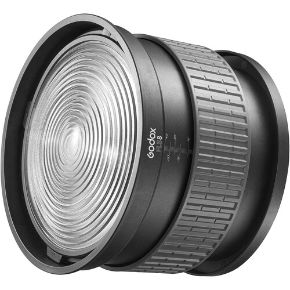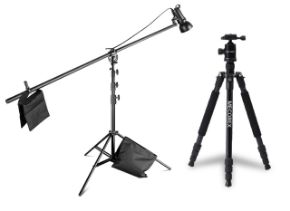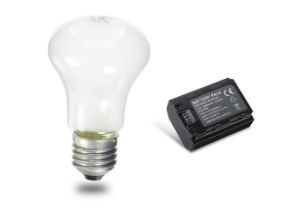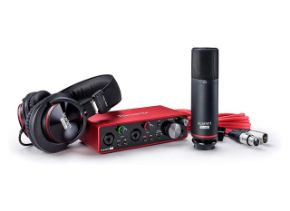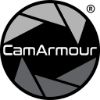Optimized video, optimized sensitivity, optimized speed, the Sony Alpha a7S III raises the bar for what a full-frame mirrorless camera is capable of. A revised 12.1MP Exmor R BSI CMOS sensor and updated BIONZ XR image processor offer faster performance, improved noise reduction, and a wider dynamic range, along with UHD 4K 120p video recording and internal 10-bit 4:2:2 sampling.
Video is the primary application of the a7S III, and improvements to the sensor and processor enable faster readout speeds and greatly reduced rolling shutter, along with high-bitrate internal recording, 16-bit raw output via the full-size HDMI port, and flexible control over motion with variable frame rate selection. The a7S III also does away with recording time limits and incorporates HLG for direct HDR production as well as S-Log2/S-Log3 gamma profiles for advanced HDR production with editing.
The updated sensor design also brings improved autofocus performance via 759 phase-detection points, which offer intelligent subject tracking and Real-time Eye AF to ensure critical focus on moving subjects in all recording modes. The sensor and BIONZ XR processor also facilitate impressive sensitivity, with an expanded range from ISO 40-409600, as well as fast 10 fps continuous shooting for up to 1000 consecutive raw frames. Additionally, 5-axis SteadyShot INSIDE sensor-shift image stabilization is available, too, which minimizes the appearance of camera shake by up to 5.5 stops.
Complementing the imaging assets, Sony has also made some changes to the a7S III's physical design, including a rear LCD with a side-open articulating design and an impressive 9.44m-dot OLED electronic viewfinder. The camera's menu system has also been updated for more intuitive navigation and the body design helps to promote better heat dissipation for improved continuous recording capabilities. Additionally, dual memory card slots both support working with CFexpress Type A or SD UHS-II memory cards for flexible and high-speed file storage.

